sub-antarctic: bird island
The Antarctic Circumpolar Current brings cold and productive water raging round the Southern Continent, up and along the Western Antarctic Peninsula, and into the higher latitudes of South Georgia and the South Sandwich Isles. The consequence of nutrient rich water entering a more hospitable environment is an archipelago home to some of the largest colonies of birds, penguins and seals on the planet. As nutrient levels increase phytoplankton explode beneath the ice sheets of the peninsula creating the perfect habitat to build an army of Antarctic krill. The sea ice provides a critical sanctuary for these tiny pink crustaceans to grow and develop before they recruit into the surrounding waters providing food for millions of animals.

Sitting just within the path of the Antarctic Circumpolar Current, Bird Island is home to many of the species that are intertwined in this krill centered food web. Indeed, the sounds and smells of the island alone are proof that in a seemingly isolated and hostile part of the world, a large enough food source has the power to support such abundance. During the austral summer, all available beaches are covered with Antarctic fur seals that have come ashore for the breeding season. Males ferociously protect their harems of females; dripping with testosterone they will charge and growl at anything that dares come too close. Skuas and giant petrels signal the birth of newborn pups as they swoop to scavenge on the placenta, tearing it apart seconds. Within weeks there are hundreds of pups flailing around amongst the mayhem, bleating like lambs, under the watchful eye of their aggressive yet tired mothers. A walk along the beach here is no walk in the park.
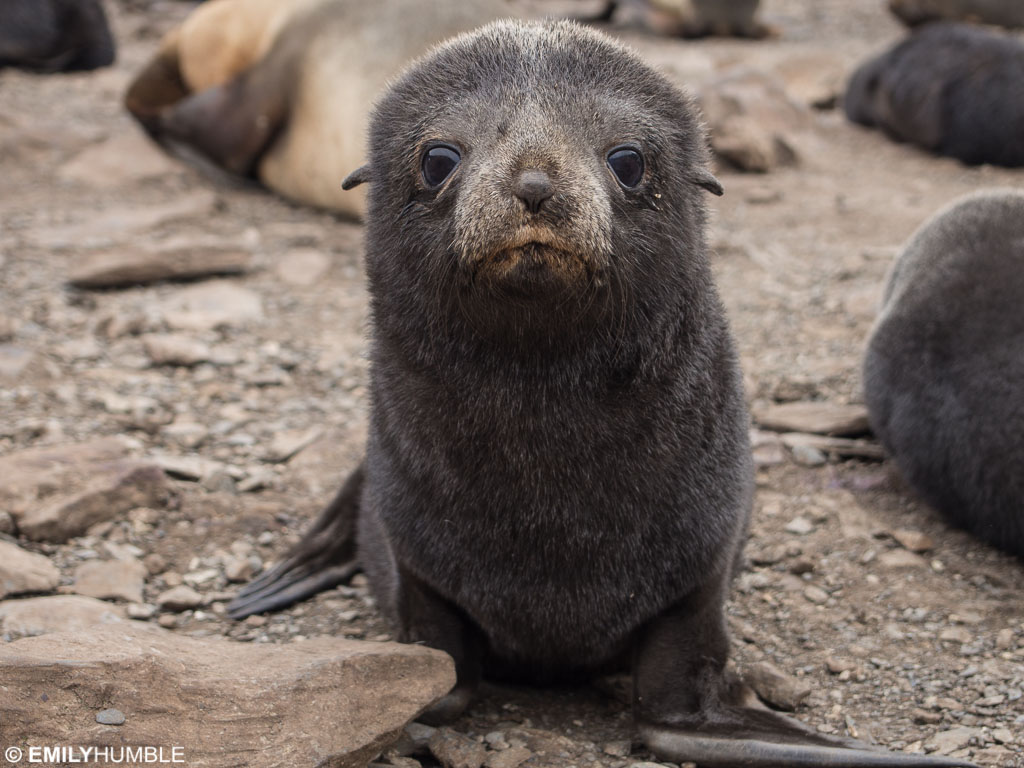
Squeezed back from the commotion on Landing Beach is one of the island’s gentoo penguin colonies. Here too it is an endless hive of activity. Dedicated parents march back and forth from their nests to the ocean, navigating the maze of fur seals to feed their hungry chicks. The race is on to fledge before the winter comes.
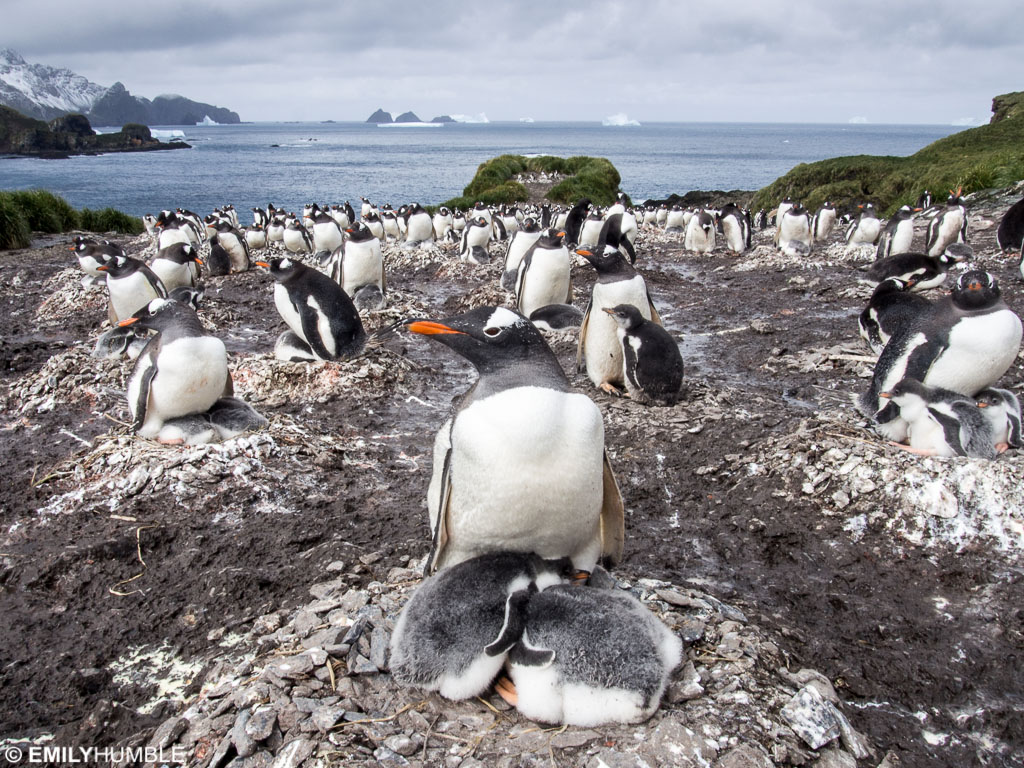
Watching over this wild world of fur seals and gentoos are the albatrosses. Bird Island is home to four magnificent species that breed here. The tussock grass draping over the cliffs is covered in white dots where black-browed and grey-headed albatrosses nest. In the sky, light-mantled sooty albatross soar in pairs like kites. Away from the cliff edges and up in the meadows, live the wandering albatrosses. In December, the last lonely chicks are fledging and the island is beginning to see next year’s cohort return and begin their magnificent mating displays. Two young birds make hollow tapping sounds by touching their bills together before stretching out their wings. At three metres wide, the wanderers have the largest wingspan of any bird — in the air they are like gliders, silently soaring over the sea for years at a time.
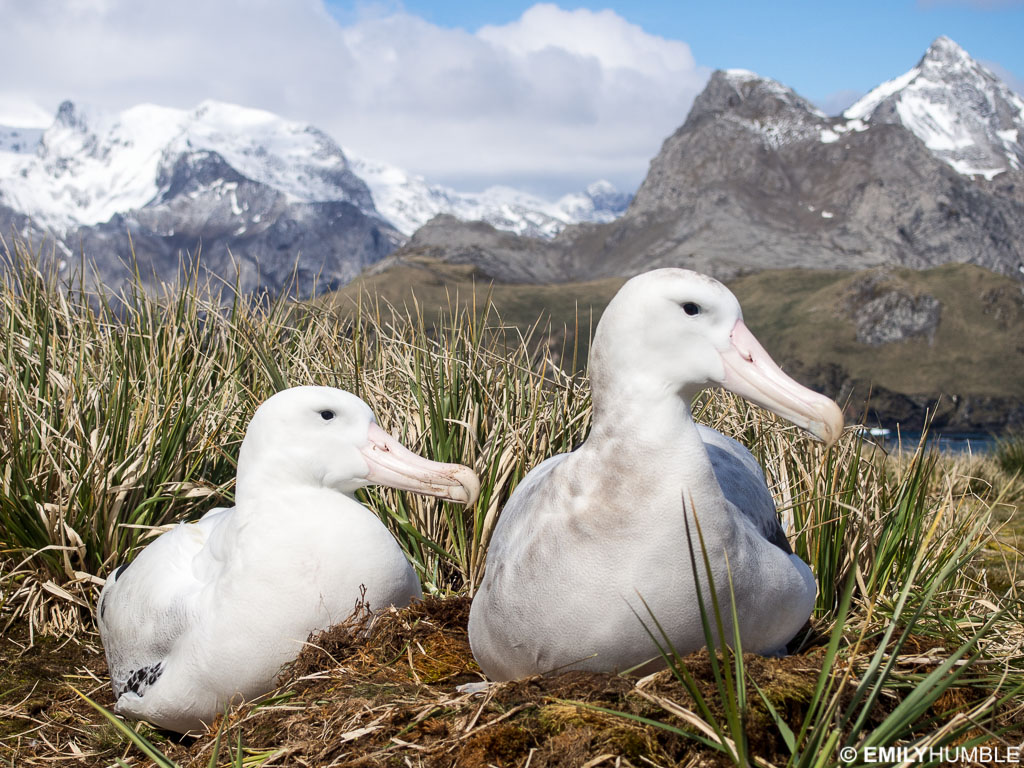
A walk over the island reveals the lives of many other birds. Storm petrels dart across the scree slopes whilst the sound of roaring spitfires is a pair of skuas flying close overhead. Along the coastline, Antarctic terns gather along the breaking waves, dipping and diving like weighted feathers as they gracefully catch tiny crustaceans that have accumulated at the surface of the water. Providing a welcome relief from the perpetual howls and growls of the seals are the songs of the South Georgia pippet, the world’s most southern songbird and an endemic species to this archipelago. Along the edges of the island, macaroni penguins take back the slopes after spending the winter at sea. Big Mac, the island’s largest colony, is made up of 40,000 breeding pairs and stretches quite literally as far as the eye can see.
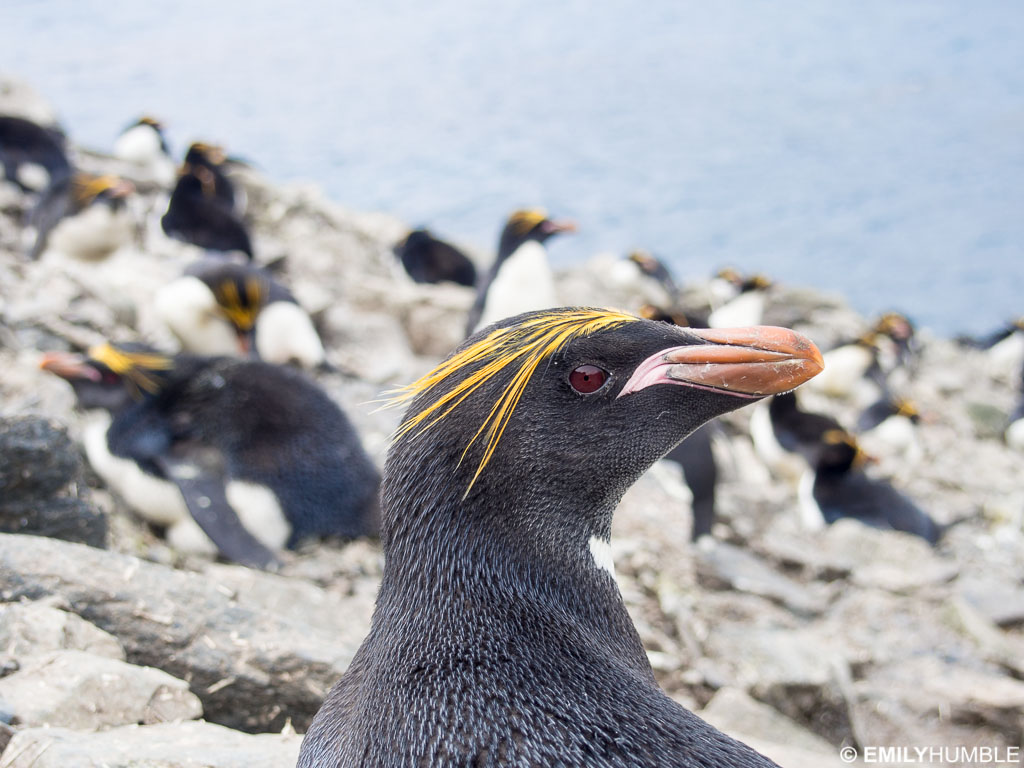
Its wildlife and not its accessibility have made this island a special location for scientific research since as early as the 1950s. The British Antarctic Survey established several long-term monitoring surveys at this time on many of the island’s inhabitants. Since then, a handful of dedicated field assistants have lived and worked on the island each year to continue long term data collection. Indeed, these datasets have provided valuable information on the state of the island’s wildlife in the face of extensive environmental change and human activity. Whilst to my eyes and ears the beaches and the meadows feel full to the brim, in reality the island is suffering. A reduction in the quality and quantity of Antarctic krill due to increased sea surface temperatures is causing the island’s seals and penguins to go hungry whilst albatrosses continue to regurgitate fishing hooks from the longline fisheries that plague the population. As a result, over the last 30 years the number of fur seals and albatrosses have declined. Last year, the island’s gentoo penguins failed to successfully breed.
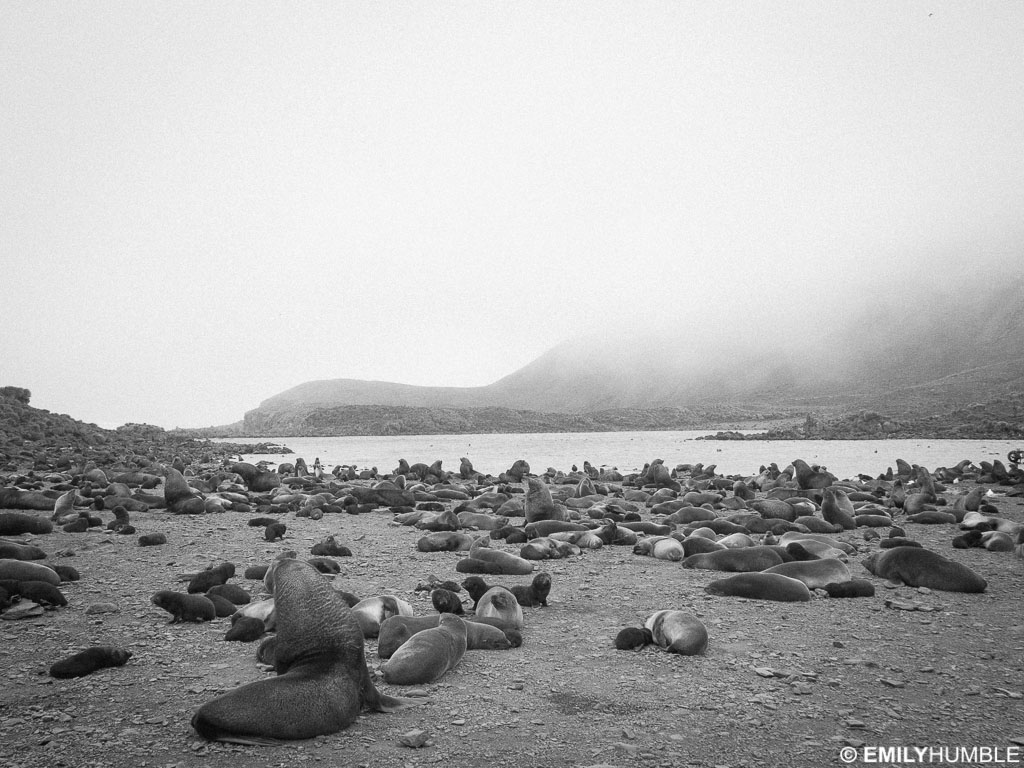
Nutritional stress is likely to be a major indirect impact of climate change on marine mammals whilst fishing tackle and marine plastics are directly impacting many of the world’s seabird populations. Bird Island provides an invaluable opportunity to understand the capacity and resilience of wildlife to respond to a changing Antarctic environment. Only when armed with such information will suitable protection and management of the wider ecosystem be feasible and therefore it is critical that field assistants and researchers continue to track and trace the birds and mammals that live here. I am hopeful tonight though for it is 11pm and the skies are still teaming with birds.
